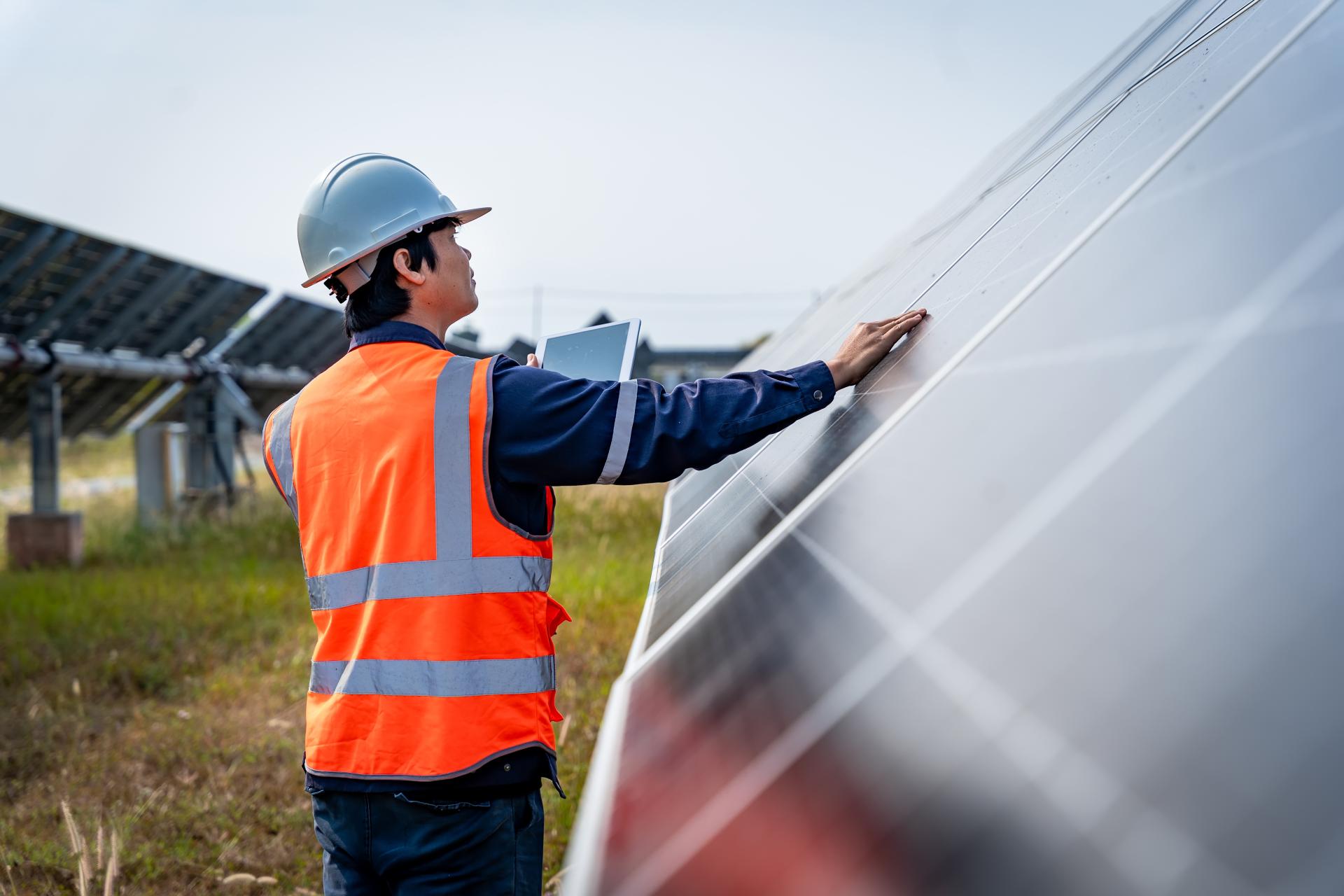Driving Equity One Job at a Time
Thursday, Jun 22 2023

To see clean energy deployment soar to its full potential, the United States will have to solve one of its biggest challenges to date: recruiting, training, and hiring tens of thousands of talented workers while centering equity in the energy transition.
For over a century, decision makers in the energy sector have shut out frontline communities from the jobs and long-term economic benefits of energy development. Communities at the frontlines of racism and classism have long been ignored in energy conversations, resulting in the places they call home becoming ground zero for some of the worst impacts of environmental hazards and climate change.
These communities are also grossly underrepresented in the energy sector workforce and adopt renewable energy at lower rates as a consequence of this history. At the same time, there are people in these communities with untapped entrepreneurial talent that will be critical as we shape the future of America’s energy system.
To be successful, the U.S. solar and storage industry must grow to one million workers over the next decade, creating an opportunity to flip the script on who gets to participate in and benefit from the industry’s success. For the first time in decades, there is a real chance to improve representation in the energy sector and make clean and affordable energy available to every person in this country.
To get there, the clean energy sector must remove as many barriers of entry as possible for prospective workers.
First, we must invest in education and outreach. This means ensuring that jobseekers, workers in adjacent industries, educators, young people, local leaders, entrepreneurs and others within our communities have exposure to and knowledge of the clean energy industry, its opportunities and how to tap into them.
We also need to prioritize research and analysis in this space. We must be able to measure and benchmark progress on diversity, equity and inclusion, and use technology to more efficiently execute workforce development plans.
Importantly, we must invest in new or enhanced training programs that can help us quickly welcome hundreds of thousands of diverse energy leaders to the solar and storage workforce. New online tools are providing substantive education and training for prospective clean energy workers from all backgrounds. This type of platform creates a sturdy foundation and broadens access to valuable resources that will prepare the next generation of workers to contribute to the industry’s success.
And once workers get in the door, we must be intentional about providing an experience that inspires them to stay and grow in this industry.
We are now operating in a world of record low unemployment levels, and companies will need to refocus their efforts on being an attractive place for people to grow. This requires developing stronger internal cultures that promote workplace inclusivity, belonging, career pathways and professional development. If we don’t do this, there is an entire generation of new workers that are willing to hold out for a better opportunity.
Congress also took action to help grow a strong and diverse energy workforce in the Inflation Reduction Act (IRA), which marked the biggest investment in clean energy in American history. The law contains benefits for companies that employ registered apprentices and pay prevailing wage, placing value on quality training and development for those making our clean energy future possible. The IRA will also help grow the solar manufacturing workforce alone to 115,000 people by the end of the decade. The IRA’s clean energy provisions will spark job growth across a range of skillsets, including sales, business management, engineering, training and more. We need to strategically grow the workforce in all these areas to fulfill the promise of this historic legislation.
The United States must rapidly decarbonize its energy sector, but our success will depend on our ability to create a diverse, well-trained workforce that can support the clean energy deployment needed to avoid the catastrophic effects of climate change.
The Solar Energy Industries Association (SEIA) is committed to making workforce development resources widely available. SEIA is working to ensure US communities that have historically been marginalized play a leading role in the clean energy transition and benefit from the prosperity that follows.
If we don’t make a concerted effort to invest in workforce development and make equitable access a core component of these programs, we will be leaving one of the biggest wealth-building opportunities and climate solutions on the table.
Erika Symmonds is the vice president of equity and workforce development at the Solar Energy Industries Association (SEIA) where she works to grow a diverse, robust and equitable solar industry.